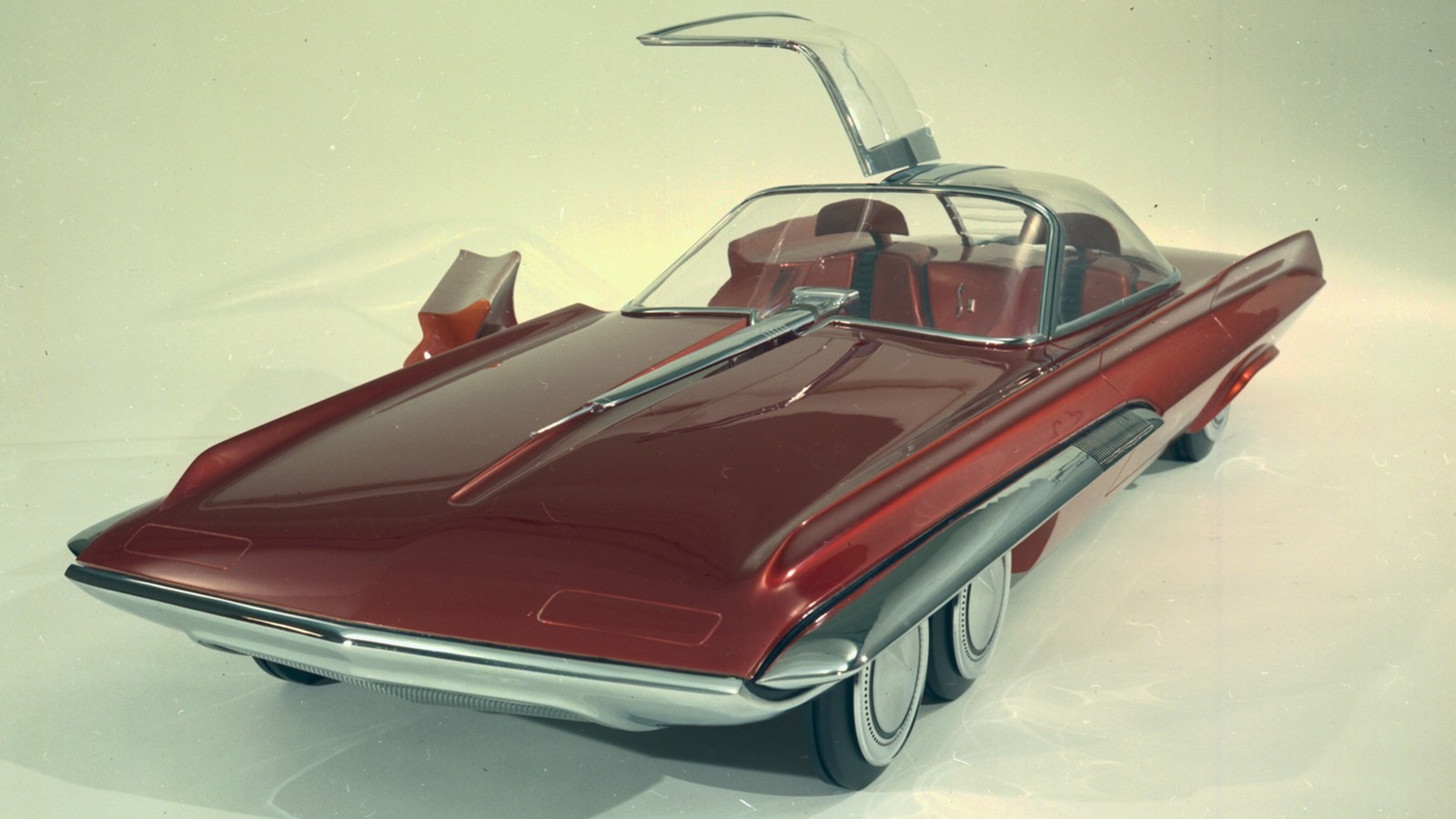The Seattle-ite was cooked up at Ford’s Advanced Styling Studio in Dearborn, Michigan, and built as a 3/8th scale concept car for the fair. It was never made full-sized. It was as similarly far-fetched as the Nucleon because the thought was that it, too, could be powered by a small nuclear device.
Ford set its designers loose and told them not to worry about being held back by the current technology of the day. It wanted them to dream big, focus on what might be possible, and create something that might lead to revolutionary new ideas for automobile styling, engineering, comfort, and safety. One very peculiar feature was the front end, which held the power unit — whether it was the aforementioned nuclear device or advanced fuel cells powering an electric motor — that could be uncoupled from the passenger compartment and swapped out.
Ford designed a similar concept into the Nucleon, potentially allowing the driver to use an economical 60 hp “device” to putter around town and then plug in a “high-speed transcontinental unit” with 400+ hp to scream across the county.

